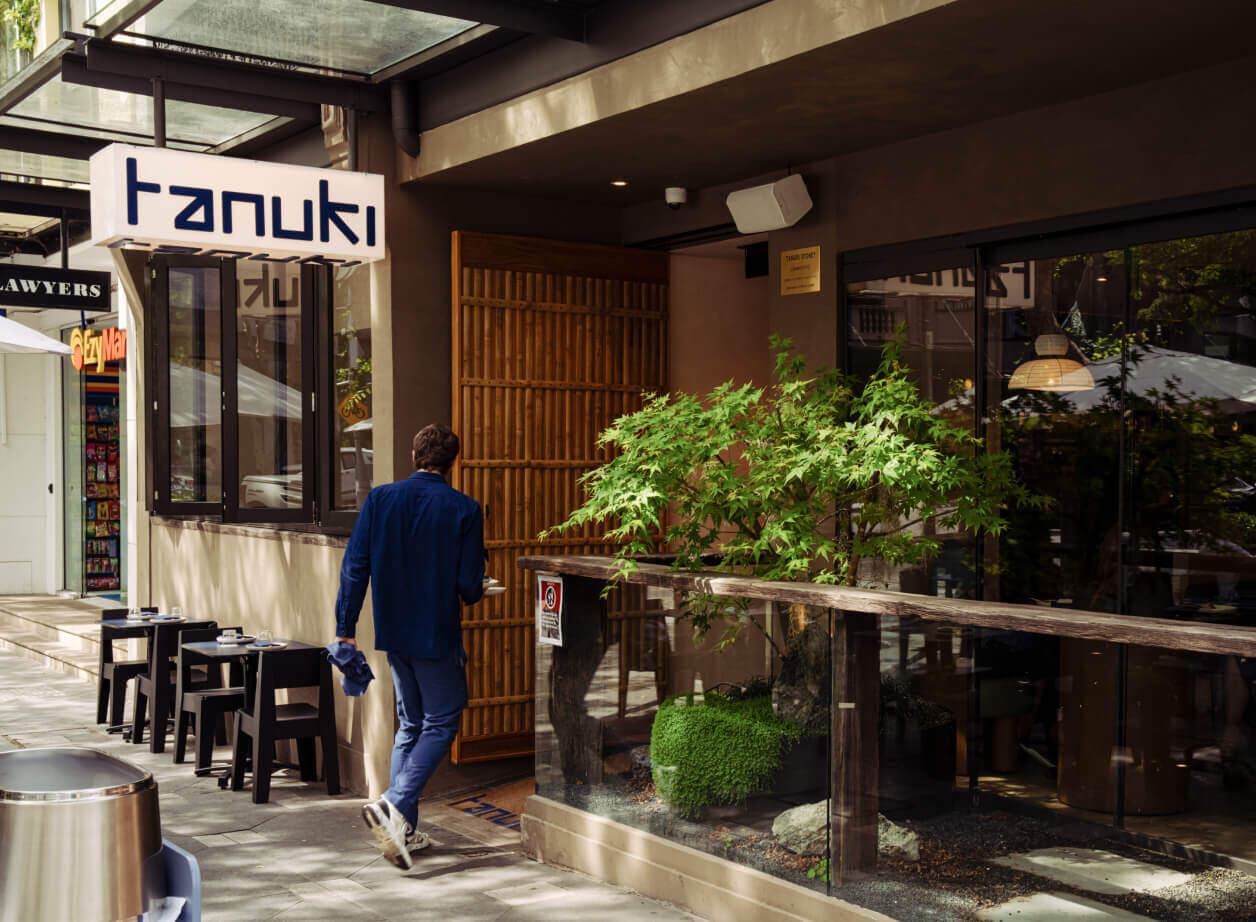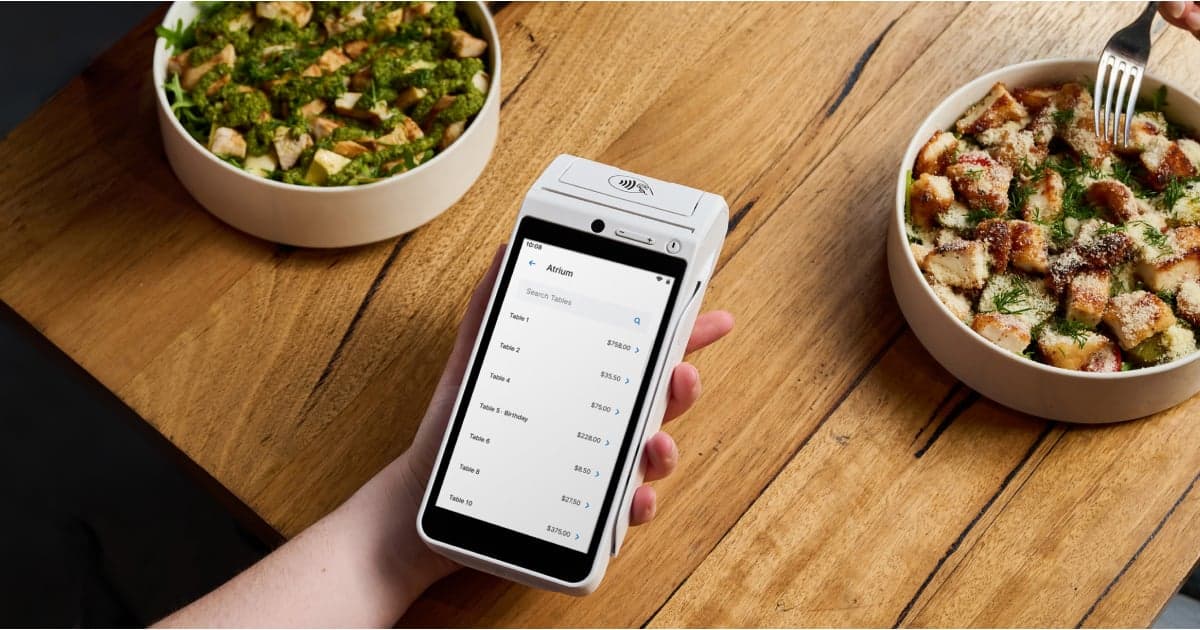
- Business Growth & Optimisation
Want to Turn Tables 73% Faster? Introducing Zeller Bill at Table.
Picture this. It’s a busy Friday night and you have a growing line of hungry diners waiting to be seated. You look around the restaurant and can see several tables that have finished their meals and are now trying to catch the eye of a waiter to make the inevitable ‘May we please have the bill?’ gesture.
From that point on, a series of steps will typically take place. The waiter will:
1. Head to the POS, print the bill and place it in a billholder
2. Take it to the table for the diners to give it a once over
3. Once the diners have signalled their approval, head back to the POS
4. Return to the table with an EFTPOS machine
5. Process the payment at the table
That's five lengthy steps in a best case scenario where the restaurant is already taking payment tableside. If not, it’s even lengthier.
This bill-time bottleneck has been slowing table turnover down for years, but thankfully our newest feature Bill at Table is here to change the restaurant payment process for good.
What is Bill at Table?
Zeller Bill at Table enables you to present your diners with digital, itemised bills displayed on Zeller Terminal's large-format screen, and then accept payment tableside instantly. It helps you to turn tables up to 73% faster from bill request to out-the-door, provide a streamlined diner experience and ultimately increase revenue by seating more tables.
Bill at Table works seamlessly with Impos and Tevalis point-of-sale, and makes the checkout process smoother and more rewarding for everyone involved.

How does Zeller Bill at Table work?
Once enabled, using Bill at Table is simple:
Choose a table: On your Zeller Terminal, select the table in your venue from the list.
Present the digital bill: Show the itemised bill to your diners on-screen.
Process the payment: Diners can pay with their card or mobile device, and even add a tip or split the bill amongst their group.
Offer a receipt: If requested, provide the diner with a printed or digital receipt. The diner can also scan the QR code on-screen to download the receipt to their device.
This straightforward process combines billing and payment into one step, cutting down wait times and improving the overall experience.

What are the benefits of Bill at Table?
Bill at Table significantly cuts down the time taken to turn tables at the end of the meal. In fact, restaurants who have implemented Zeller Bill at Table have seen table turnover time slashed by as much as 73%, ultimately enabling them to serve up to three additional tables in every sitting.

On a busy night, when we’re doing 160 covers, Bill at Table is particularly great. It’s much smoother – the bill is settled then and there and they’re off into the night – and we’re onto the next table. More covers means more revenue.
Ben Hickey, The Roosevelt
Take tips tableside with Pay at Table.
By using Bill at Table and Pay at Table, patrons are more likely to leave a tip than if they head up to the counter to pay, because as Ben Hickey from The Roosevelt in Potts Point said, “When they get up to pay, the magic is gone”.
With the tipping prompt built seamlessly into Zeller Terminal, wait staff don't have to ask the awkward question, ‘Would you like to leave a tip?’ – the system prompts it instead.

How to get started with Zeller Bill at Table.
Bringing Zeller Bill at Table into your restaurant is easy:
Check compatibility: Make sure your venue uses Impos or Tevalis point-of-sale, and that it’s integrated with Zeller. We’ll be bringing Bill at Table to many other POS very soon. If you’d like to see it integrated with yours, please let us know at feedback@myzeller.com
Chat with our sales team: They’ll guide you through the steps to getting Bill at Table up and running in your business.
Train your staff: Guide your team through the simple process to ensure a smooth implementation.
By enabling Bill at Table, your restaurant can improve efficiency and enhance the billing experience for both staff and diners. It’s one of those little things that add up to make a big difference. Say goodbye to frustrated diners and sub-optimal table turnover. Say hello to Zeller Bill at Table.



